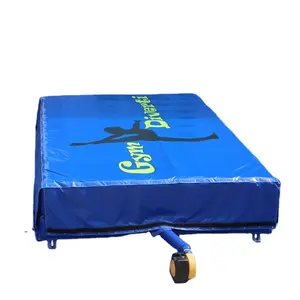
All categories
Featured selections
Trade Assurance
Buyer Central
Help Center
Get the app
Become a supplier














Giờ đây, bạn có thể mua những tác phẩm đáng chú ý từ các hiệu sách nổi tiếng trên thế giới ở một nơi. Các keyword công viên hồi hộp có sẵn ở đây bao gồm các tùy chọn phổ biến chắc chắn sẽ được yêu cầu. Các keyword sách như Shadow and Bones, Firefly lane, Ready player one và nhiều keyword sách khác đều có sẵn tại đây. Khách hàng của bạn có thể đọc về những con người, nền văn hóa, đám cưới, sinh nhật, lễ hội và nhiều sự kiện khác nhau. Họ có thể trải nghiệm niềm vui khi mở rộng thế giới nội tâm của mình ngày nay và đi du lịch đến nhiều nơi khác nhau khi đọc sách của Percy Jackson, The Great Gatsby, Little Women, và nhiều cuốn sách khác. Những người giàu trí tưởng tượng hơn cũng có thể đi sâu vào thế giới hư cấu và phép thuật với những cuốn sách như Harry Potter và Hòn đá phù thủy, Khám phá phù thủy và các bộ sách khác. Để tăng doanh số bán hàng của bạn cho những khách hàng này, hãy mua sỉ công viên hồi hộp phục vụ sở thích đọc của nhiều nhóm tuổi và nhân khẩu học tại đây.
Bán buôn công viên hồi hộp cũng có thể tạo thêm nét sang trọng cho ngôi nhà hoặc văn phòng của khách hàng của bạn khi công viên hồi hộp nằm trên các giá có tổ chức đẹp mắt và tạo thành một phần của nội thất. Nhận ưu đãi đặc biệt cho tất cả các giao dịch mua sách của bạn ngay hôm nay.
Alibaba.com cung cấp các keyword công viên hồi hộp cho tất cả các nhóm tuổi đọc. Nhận sách để giáo dục, giải trí và khơi dậy trí tưởng tượng của trẻ em và người lớn tại đây ngay hôm nay. Mua sắm ngay bây giờ để mua nhiều keyword công viên hồi hộp bằng các ngôn ngữ khác nhau trên Alibaba.com!